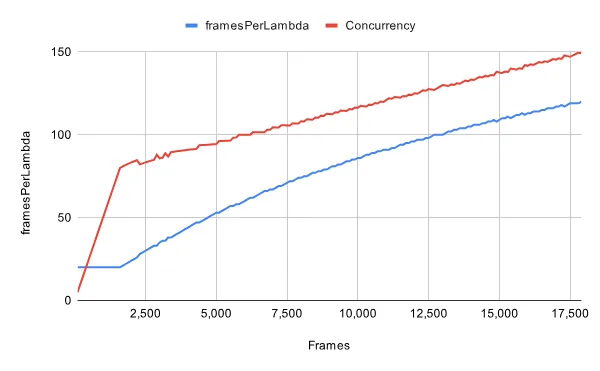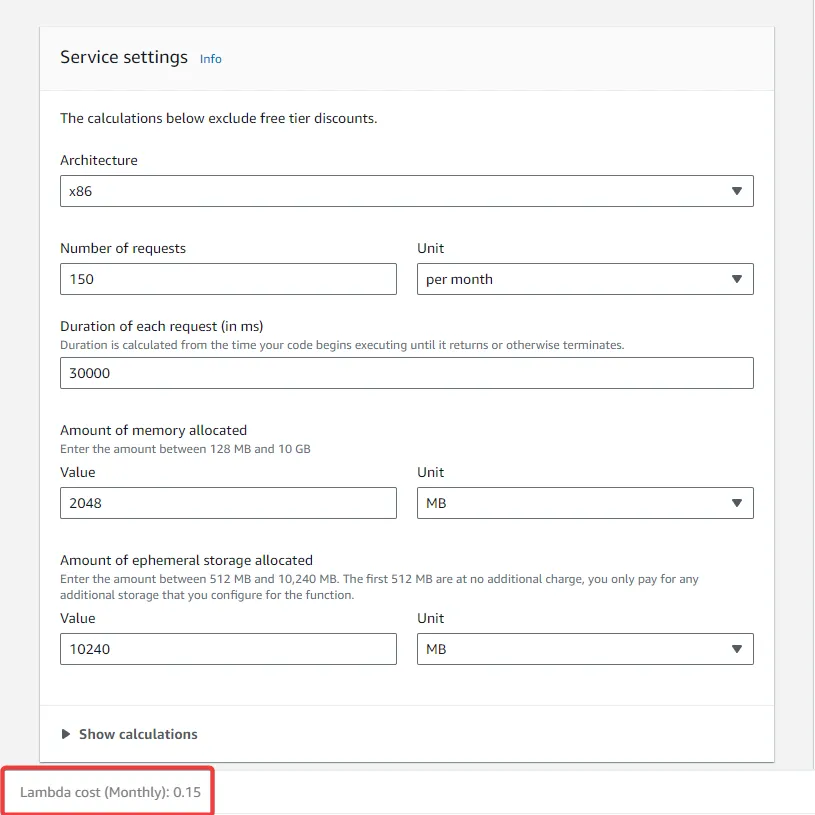
If you’re here, chances are you’re a fan of Remotion—just like us! Remotion makes it easy to create videos with React, but when it comes to turning those creations into final video files, the process can be a bit complex. While options like Remotion Lambda make cloud rendering possible, it can be costly, and managing the setup isn’t always straightforward.
That’s where Rendermotion comes in. We’re building a cloud-based renderer to simplify the process of exporting Remotion videos. No server management, no complex infrastructure, and more affordable than Lambda. Just a single API call, and you’re ready to render.
So, what is Rendermotion?
Rendermotion is a cloud-based platform built specifically for rendering Remotion videos, taking the complexity out of video rendering. With a single API request, you can start rendering videos in the cloud without managing infrastructure. In the background, Rendermotion distributes the rendering work across multiple workers to increase speed and efficiency, allowing you to scale your video rendering without the high costs associated with traditional setups.
Why are we building this?
Good question. Let’s take a closer look at the current options developers have for rendering Remotion videos:
The challenges with current rendering options
Remotion is an incredible library for building videos with React, but exporting those videos to video files can be complex. Here’s how developers are typically handling rendering today:
Option 1: Rent a VM or Bare Metal Server
One common approach is to rent a virtual machine or bare metal server to handle rendering. However, this method presents a few challenges:
- Server management: Renting a server requires hands-on management, from keeping it updated to handling security and restarting it if issues arise.
- Paying for idle time: Servers require payment whether they’re in use or not, which can add up if you’re only rendering videos intermittently.
- Rendering speed: A single server often renders videos sequentially, which can be slow and less efficient for larger or time-sensitive projects.
Option 2: Use Remotion Lambda
Another option is Remotion Lambda, which makes it easier to render Remotion videos in the cloud with AWS Lambda. However, even with this solution, there are still some challenges:
- AWS setup: While Remotion Lambda simplifies the rendering process, it still requires an AWS setup and management of cloud configurations.
- AWS limits: High-volume rendering often requires raising AWS Lambda limits, which can take a few business days to process and is typically capped, allowing only a limited number of concurrent renders.
- Cost considerations: Rendering on Lambda can become costly as tasks scale, especially for larger or recurring projects.
- Reliability: Some users have encountered situations where renders fail in Lambda but work locally, which can impact workflow consistency.
So, what makes Rendermotion better?
Rendermotion is designed to solve the key challenges developers face when rendering Remotion videos. Here’s what it offers:
- No infrastructure management: Skip the hassle of managing servers or configuring AWS. With Rendermotion, all you need to do is send an API request, and the platform takes care of everything—no complex setup, no scaling concerns.
- Faster rendering: By distributing the rendering workload across multiple cloud workers, Rendermotion completes renders faster than a single-server setup. You get optimized performance without needing to manage or understand the underlying infrastructure.
- Cost-effective solution: Rendermotion provides an affordable alternative to AWS Lambda, offering comparable performance at a significantly lower cost.
Let’s talk numbers: Rendermotion vs. Remotion Lambda
Alright, let’s dive into the numbers. Below is a screenshot from the Remotion Lambda pricing examples page. It’s… well, not exactly budget-friendly.

It costs 16 cents to render a 10-minute, 720p OffthreadVideo. Sure, that might seem reasonable at first glance, but if you dig deeper into the AWS pricing calculator, things start to add up.
A 10-minute video at 30fps equals about 18,000 frames. With the default concurrency settings, that works out to about 150 Lambda invocations.

Assuming each invocation takes around 30 seconds (using the default function configuration in the us-east-1 AWS region), the calculator spits out a total of $0.15.

Now, 15 cents might not sound like much for a one-off render. But let’s say you’re offering 100 monthly renders to your SaaS customers—suddenly, that’s around $16 per month. And that’s just for rendering costs. How much do you need to charge your customers to actually turn a profit?
Now, here’s what the same render would cost with Rendermotion:
Okay, we can’t speak to exact pricing just yet—it’s still early days—but we’re confident we could render the same 10-minute video for much less.
Is Rendermotion for me?
Rendermotion is built to make rendering Remotion videos simple, scalable, and cost-effective—but it’s not for everyone. If rendering speed is your top priority, Remotion Lambda may still be the best choice for now. While Rendermotion is significantly faster than a single-server setup, it’s not currently as fast as Remotion Lambda. So, if you’re looking for the fastest option and are comfortable with Lambda’s costs and configuration, it might make sense to stick with it.
That said, Rendermotion is still evolving. We’re continually improving our platform, and while we’re a bit slower than Remotion Lambda right now, our goal is to match its speed in the near future. For developers looking for a hassle-free, affordable alternative to AWS Lambda with strong performance, Rendermotion is a great option that’s only getting better.
So, what’s next? Join our waitlist!
We’re in the early stages of building Rendermotion, but things are moving fast (unlike your single server). We’re aiming to launch an invite-only private beta in Q1 2025. If you get on the waitlist, you’ll be one of the first to try it out, completely free. No gimmicks. Just free rendering credits to test-drive the platform and see how much time (and money) you save.
Plus, all beta testers will get free credits when we officially launch, just as a thank-you for helping us shape the platform.
Sound good? Join the waitlist and be part of something better.


